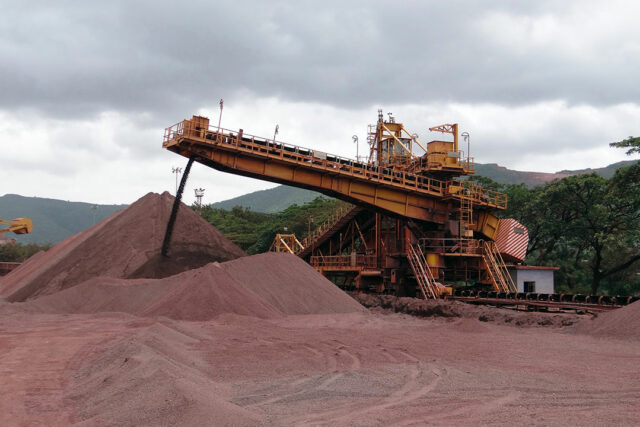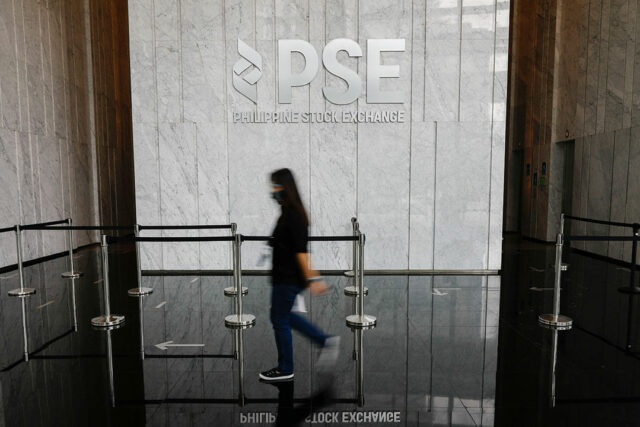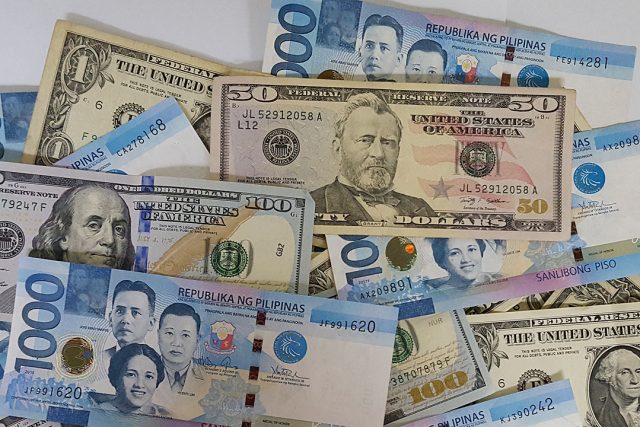OIL, copper, soybeans and a handful of others monopolized the attention — but of all commodities, the humble lump of iron ore benefited the most from the Chinese economic boom of the last 25 years.
It was an astonishing bonanza: From the late 1990s to earlier this year, iron ore prices jumped nearly tenfold, more than any other major commodity; traded volume tripled; Australian commodity tycoons become billionaires; mining companies turned, even briefly, into Wall Street darlings; and mighty legal battles broke for control of the last untapped mineral deposits.
And now, it’s over: The greatest commodity boom thus far of the 21st century has ended. China inflated it — and China, too, is bringing it down.
The cost of the reddish dirt, which turns into steel inside blast furnaces, has fallen already below $100 a metric ton, down 55% from its all-time high of almost $220 a ton set in 2021. Beyond, the outlook looks somber as Chinese steel demand reaches a zenith. Pinpointing the exact date is foolhardy, but now it’s becoming clear that China hit peak steel demand somewhere between 2020 and earlier this year. The reason? The shift in its economic model to services and away from heavy investment and housing construction.
During previous downturns, Beijing rescued its economy — and thus the iron ore and steel sectors — by indulging in a debt-fueled binge of construction. It’s unlikely that China will do so this time. Don’t take my word for it. Listen to Hu Wangming, chairman of China Baowu Steel Group Corp., the world’s largest steelmaker, who last week predicted a “severe winter” for the sector.
The downturn, he said, would be “longer, colder and more difficult to endure” than he had previously expected. Because China nowadays produces more than half the world’s steel, what happens there matters enormously. Other nations may take over as engines of steel demand. India is the most obvious candidate. Unfortunately for the global seaborne iron ore market, India has enormous domestic ore resources and is likely to do it without imports for years to come.
On its own, China’s peak steel demand would mark a setback, but it wouldn’t signal a disaster for iron ore. After all, Chinese steel consumption will remain at a high plateau for years to come, rather fall sharply. Beijing may not be building as many houses as in the past, therefore reducing demand for so-called “long steel” — beams, rods and similar stuff. But the country still needs lots of steel to make stuff its consumers want. That’s the so-called “flat steel” used for new cars, fridges and the lot.
The slowdown in China comes, crucially, as a new generation of large, low-cost mines in Australia and Africa start production. That mix is the problem because it means the iron ore market, already oversupplied in the first half of this year, would remain in surplus in 2025, 2026, 2027 and probably 2028, too. Macquarie Bank Ltd., an Australian lender, says that the current surplus is “one of the worst” ever.
Thus, over the medium-term, iron ore prices must drop to rebalance the market, pushing out high-cost miners. How low? It would depend a lot on whether the new mines come on stream on time, and whether the Chinese real estate sector recovers a bit. If production hits the market as planned, potentially as much as 200 million tons — about 12.5% of the seaborne iron ore market — need to be displaced. That’s a lot. Similar oversupply, last seen in 2015 and 2016, required a drop toward $50 a ton, nearly half the current prices.
For now, however, the market isn’t crashing. Despite the recent drop, iron ore prices remain close to $100 a metric ton — that’s 700% above the 1980-2000 average price of $12.5 a ton. The rally in previous years had been so large that it would require a massive retreat to bring prices anywhere close to where they were in 2000.
At current prices, the top miners would still make plenty of money. Consider that Rio Tinto Plc., the world’s largest iron ore miner, digs the mineral out of the Pilbara region of Western Australia at a cost of about $21 a ton. Even at the current lower price, the company is likely to make a return on the capital invested in its iron ore operations north of 40%, and perhaps as high as 50%.
But if prices drop toward $50, the fortunes of Rio — alongside other big producers like Vale SA, BHP Group Ltd., Fortescue Ltd., and Anglo American Plc. — would suffer. That in turn could open the door for mergers and acquisitions, probably in the second half of the decade.
Two new entrants, a mine in Guinea, in West Africa, called Simandou, and another one in Australia called Onslow, would still make money even if prices drop because of their low production costs. By 2028, both mines could add about 150 million to the seaborne market, equal to about 10% of the market’s current size. On top of that, the current major miners also plan to expand other mines.
So who would cut output? Look to second-tier and third-tier miners in Brazil, India, Ukraine, South Africa, Iran and Kazakhstan. With higher production costs — anywhere from $50 to $100 a ton — they would be pushed out as prices decline, rebalancing the market. Chinese domestic miners would be squeezed too. The more tonnage needs to be displaced, the lower prices would need to fall — and vice versa.
The big companies argue that many third-tier miners have costs close to $80 to $100 a ton, meaning that if prices plunge beyond the above $90-a-ton level currently, some high-cost producers would be underwater, and output would drop, rebalancing the market. Only if the oversupply were significant — requiring second-tier miners with costs of $60 to $80 a ton to stop digging — would prices approach $50 a ton, they argue. Historical experience suggests they’re right.
What I don’t anticipate is a return to the pre-2000 market of ultra-low prices, when iron ore typically changed hands at less than $15 a ton. Back then, ore was a backwater of the global commodity market. It was profitable — but just.
The market was so primitive that calling it a market would be a misnomer. From 1960 until well into the 21st century, iron ore prices weren’t set each day amid cutthroat trading, but rather just once-a-year in secretive annual negotiations between the miners and the Japanese steelmakers. While discussions continued, everyone waited until a steelmaker and a miner agreed on the price; then, in a quasi-cartel fashion, everyone else in the industry accepted the price as a benchmark, with the same price agreed by all miners and steelmakers. It wasn’t until the early 2000s when a daily spot market for iron ore emerged and not until 2010, well into the Chinese economic boom, when the annual system of price negotiations broke apart, replaced by the prevailing system of long-term contracts linked to daily prices.
The 1960 to 2000 period won’t come back. But miners need to forget about a return of more than $200-a-ton prices. Even the $90-a-ton average price of the last two decades is in danger. True, some unexpected events can still buoy the market. In 2015 and 2019, the collapse of two tailing dams — Mariana and Brumadinho in Brazil — suddenly reduced supply, driving up prices. But barring a disaster, the boom is over.
The miners, in many ways, are telegraphing it. Ignore what they say in public. Focus instead on what they’re doing. When BHP, one of the world’s top iron ore miners, launched a nearly $50 billion takeover attempt over rival Anglo American, indicated its lack of interest in Anglo’s ore mines in South Africa, which have somewhat higher costs. That says it all.
BLOOMBERG OPINION














